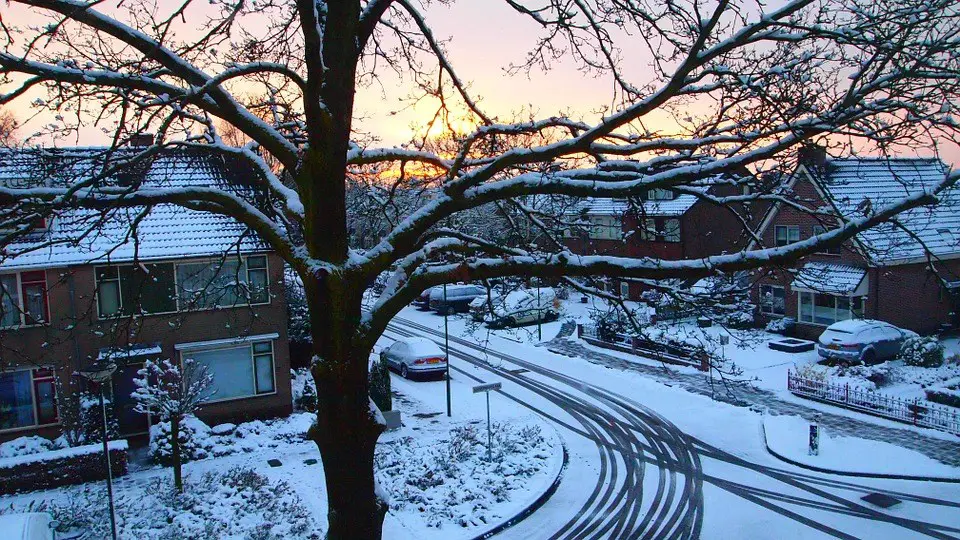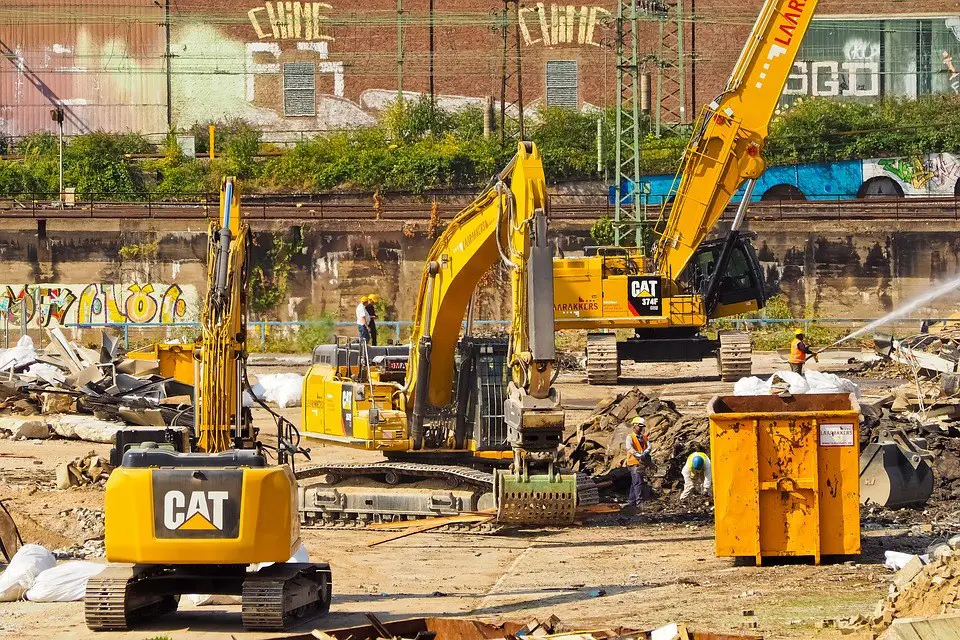newcastle-upon-tyne Postcodes

 Contains Ordnance Survey and Royal Mail data © Crown copyright and database right.
Contains Ordnance Survey and Royal Mail data © Crown copyright and database right.

Newcastle Upon Tyne Outward Postcode (NE)
Click on an outward postal code below for more information about the area.
Each 'outward' postcode give you a comprehensive list of all postcodes within the outward code area (NE) and estimated address.
Click on an 'outward' code for more information. For example, the outward postcode page 'EC2M' will give you an alphabetical list covering all postcodes located in the region, from 'EC2M 1BB' through to 'EC2M 7YA'.

Tyne and Wear is located in the north east of England and is a metropolitan county made up of five boroughs: City of Sunderland, City of Newcastle Upon Tyne, Gatreshead, North Tyneside and South Tyneside. It is bounded on the east by the North Sea, in the south by County Durham and in the north by Northumberland.
An independent and passionate region with friendly locals and an isolated, windswept beauty Tyne and Wear is a mostly metropolitan and industrial county, more about its cities than the landscape. But what cities, with Newcastle recently voted the best nightspot in the world and with a sporting rivalry between Sunderland and Newcastle to match any around the world. Most areas have moved on from their industrial roots to achieve successful regeneration and Tyne and Wear is now known for its award winning beaches, vibrant and bustling cities, excellent museums and world-famous galleries.
Highlights of the region include the city of Sunderland and the museums celebrating its industrial heritage of glass-making, coal mining and ship building, its wonderful boutique shops and restaurants and its charming Victorian streets. Sunderland Art Gallery features delightful paintings by L.S. Lowry, as well as famous Victorian masterpieces and other surprising curiosities from around the world.
Also worth a visit are the Northern Gallery for Contemporary Art, the National Glass Centre on the River Wear and the North East Aircraft Museum. For a bit of open space and coast, head to South Shields for its beguiling coastal setting, gigantic piers at the mouth of the Tyne, its Victorian water pumping station and derelict windmill, and the extensive beaches and sand dunes and National Trust protected Leas. Check out Marsden Bay with one of the largest seabird colonies in Britain and endless beautiful coastal scenery further along the coast.
Last but not least there is Newcastle itself, the best night-spot in Britain, with arguably the best shops in Northern England too. Newcastle is a stunning and crazy city (along with Gateshead) and whether it's the artwork at the Baltic center and Biscuit Factory or the Angel of the North; or whether you visit the Discovery Museum or even the old Castle Garth Keep, Newcastle is a fascinating mix of the industrial and the hip and will show you a good time.
The Newcastle Upon Tyne postcode region (NE) contains 60 unique 'outward' codes. Newcastle Upon Tyne is the main postal town/district for this region, with all postcodes starting with the following outward codes.
This page contains a list of postcodes for Newcastle Upon Tyne area. Select a postcode to see the map location, demographics, house prices, local information, tourist guides and statistics:
Local demographics, guides and information
There's plenty of local information, guides and useful data to browse and explore, whether you're a Newcastle Upon Tyne resident or a visitor to the area.
Scroll down to discover all you need to know about the Newcastle Upon Tyne postcode area.
The NE postcode includes the following local authorities:
- County Durham
- Gateshead
- Newcastle upon Tyne
- North Tyneside
- Northumberland
- South Tyneside
- Sunderland
Local News Northumberland
Humber Freeport moves forward with 200-heactare Goole site
Humber Freeport has submitted formal boundary map plans to the government for 200 hectares of undeveloped land in Goole, East Yorkshire, where it plans to establish a freeport tax site.
Property WeekAviva Investors offloads North East industrial asset for 50m
The Local Government Pension Scheme has acquired a large industrial asset in Tyne and Wear in the North East from Aviva Investors for just over 50m.
Property WeekMetrocentre posts 17% profit rise as recovery from pandemic continues
Footfall and occupancy are up at UK's second largest shopping destination.
Property WeekSignificant interest' in portfolio of 25 North East and Yorkshire pubs
Avison Young and Watling Real Estate have reported a significant level of interest.
Property WeekHadrian Industrial Estates snaps up Durham portfolio for 1.28m
Hadrian Industrial Estates, part of Hadrian Land, has snapped up three multi-let industrial estates in County Durham for a combined 1.28m from commercial property investor Snowlarch.
Property WeekBeal Homes secures planning approval to complete 210m development
Housebuilder Beal Homes has secured full planning permission to complete a 210m development for 600 homes in Goole, East Yorkshire.
Property WeekBrewDog boss slams council and developer over delayed' Durham bar opening
The boss of brewery and pub chain BrewDog has taken aim at Durham County Council and joint venture developer The Arlington Real Estate and Richardson over delays in opening a bar, which he claims have&hellip
Property WeekNewcastle records steepest prime office rent growth among regions
Rents in the city have increased at twice the speed of the regional average.
Property WeekSpending a fortune on conveyancing?

Compare instant, low-cost online quotes from trusted conveyancing solicitors.
Backed by experts, our no-obligation service searches through the best conveyancing quotes on the market to save you time and money.
From the Postcode Area blog

Deciphering Crime Rates - a Deep Dive Into UK Postcode Analysis
Ever wondered about the crime rate in your UK postcode? You're not alone. We've dug deep into the data, uncovering trends and patterns that'll make your head spin.

Death of the High Street?
The BBC reports that despite councils' attempts to kurb them, the UK's high streets have seen a huge growth in fast food outlets. Could this mark the death knell for the Great British high street, and what can we do about it to halt its decline?

Discrimination by Postcode
You really couldn't make it up, could you? Some of the country's most vulnerable people are missing out on their weekly £25 Cold Weather Payment, just because the system that's in operation is discriminating against them because payments are based on postcode, rather than geographic location.

The Redesign is Underway
Well, the current website was absolutely in dire need of a good redesign - from the ground up. So I set out to pull it all apart and get it up and running again to become the most comprehensive guide to every postcode in the UK. And it's been a long, tough job from start to finish - and quite possibly the biggest project I've ever undertaken.
About Us
Postcode Area helps people in all areas of the UK to locate and find postcode data and information for cities and towns in England, Scotland, Northern Ireland and Wales.
Share and Share Alike
Find this information useful? Don't keep it a secret - spread the word.
© Postcode Area / CliqTo Ltd and Chris Haycock. Registered company number 7575287.
Unit 8 Palmbourne Industrial Park, Castle Street, Stafford, England, ST16 2TB,
UNITED KINGDOM.